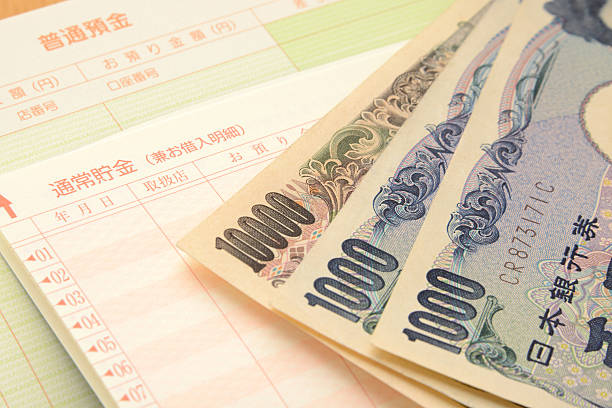AUD/JPY slips toward 93.50 due to optimism surrounding potential US-Japan trade agreement
- Silver Price Forecast: XAG/USD surges to record high above $56 amid bullish momentum
- Fed Chair Candidate: What Would a Hassett Nomination Mean for U.S. Stocks?
- After the Crypto Crash, Is an Altcoin Season Looming Post-Liquidation?
- The 2026 Fed Consensus Debate: Not Hassett, It’s About Whether Powell Stays or Goes
- U.S. PCE and 'Mini Jobs' Data in Focus as Salesforce (CRM) and Snowflake (SNOW) Report Earnings 【The week ahead】
- AUD/USD holds steady below 0.6550 as traders await Australian GDP release

AUD/JPY falls amid expectations of further BoJ interest rate hikes in 2025; optimism over a potential US-Japan trade deal.
Japanese Prime Minister Shigeru Ishiba reiterated that Japan will not accept a preliminary deal that excludes provisions on automobiles
The Reserve Bank of Australia is widely expected to implement a 25 basis point rate cut at its upcoming meeting.
The AUD/JPY pair continues its downward trajectory for the second consecutive day, trading near 93.60 during Thursday’s European session. Amid expectations of further interest rate hikes by the Bank of Japan (BoJ) in 2025, optimism over a potential US-Japan trade deal is lending additional support to the Japanese Yen. Japan’s chief trade negotiator, Ryosei Akazawa, is reportedly expected to visit Washington as early as next week for a third round of trade negotiations with the US.
Japanese Prime Minister Shigeru Ishiba reiterated that Japan will not accept a preliminary deal that excludes provisions on automobiles, and called on Washington to eliminate the 25% tariff on Japanese car exports.
The AUD/JPY’s decline is driven by increased demand for the safe-haven Japanese Yen (JPY), amid persistent global trade uncertainties. Adding to the JPY’s strength is a broader rally in Asian currencies, spurred by speculation that Washington is advocating a weaker US Dollar as part of ongoing trade negotiations. The Trump administration contends that the relative strength of the Greenback disadvantages American exporters compared to their Asian counterparts.
Meanwhile, the Australian Dollar (AUD) remains under pressure, weighing further on the AUD/JPY cross. The Reserve Bank of Australia (RBA) is widely expected to implement a 25 basis point rate cut at its upcoming meeting. However, easing trade tensions have led markets to scale back expectations for aggressive monetary easing. Investors now anticipate the RBA will lower the cash rate to around 3.1% by year-end, revised from previous forecasts of 2.85%.
On the data front, the Australian Bureau of Statistics (ABS) reported a significant jump in Employment Change for April, rising to 89,000 from 36,400 in March—far exceeding the consensus forecast of 20,000. The Unemployment Rate remained steady at 4.1%, unchanged from the prior month.
Read more
* The content presented above, whether from a third party or not, is considered as general advice only. This article should not be construed as containing investment advice, investment recommendations, an offer of or solicitation for any transactions in financial instruments.

